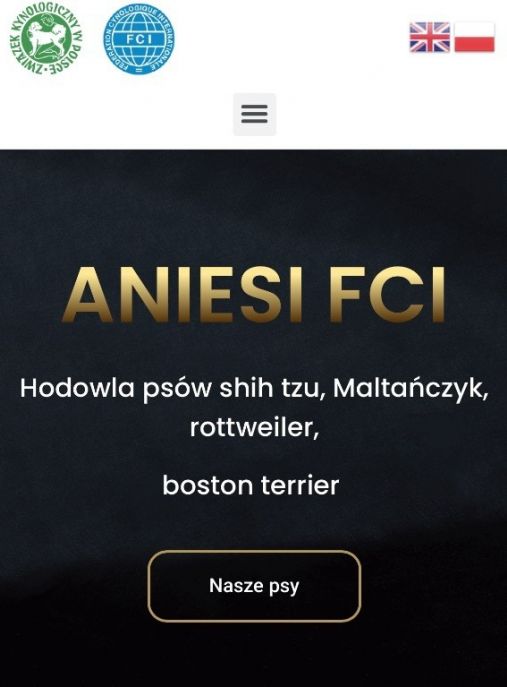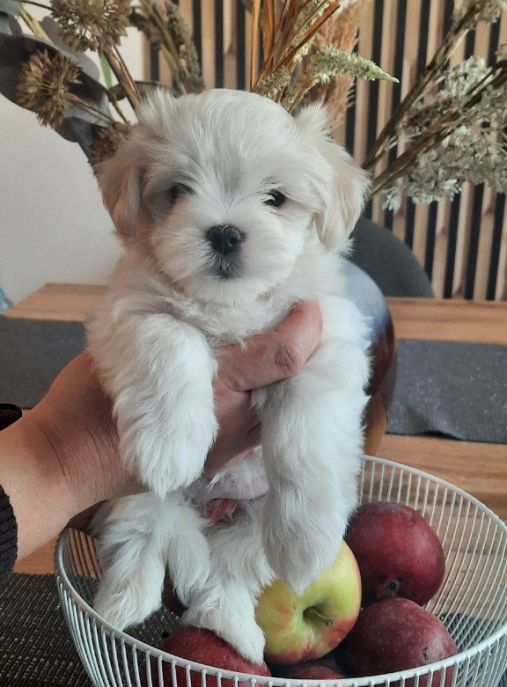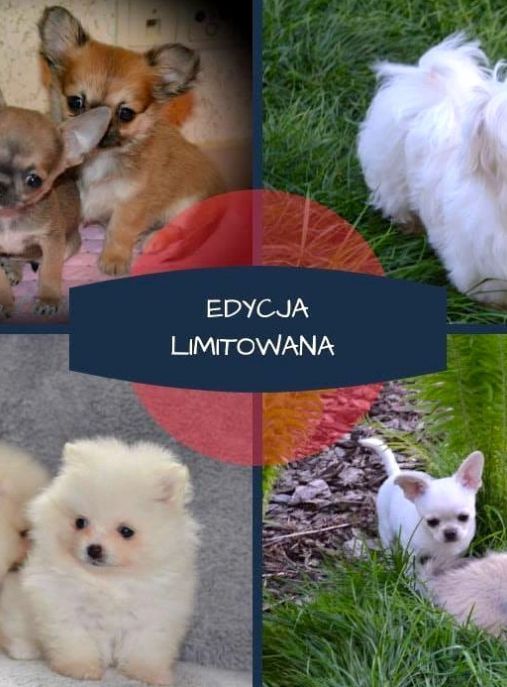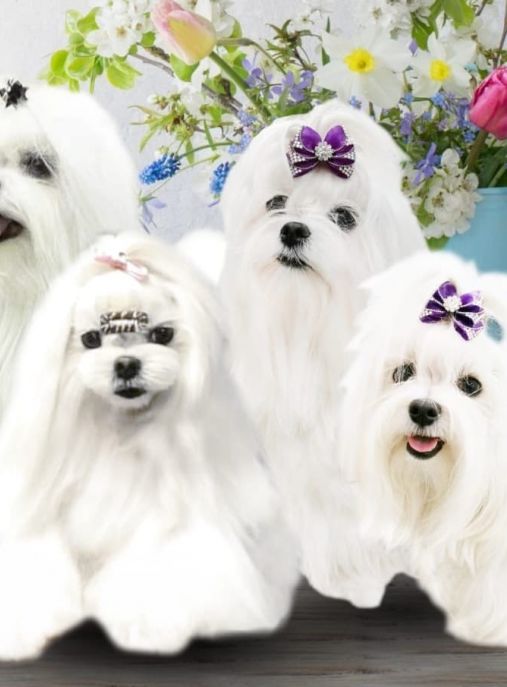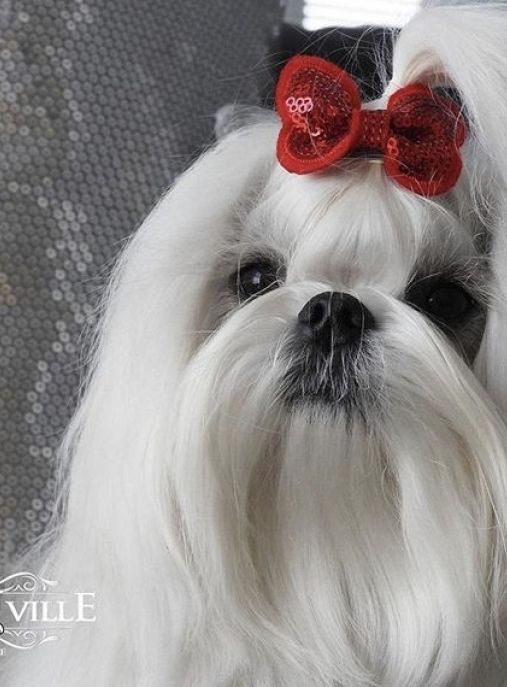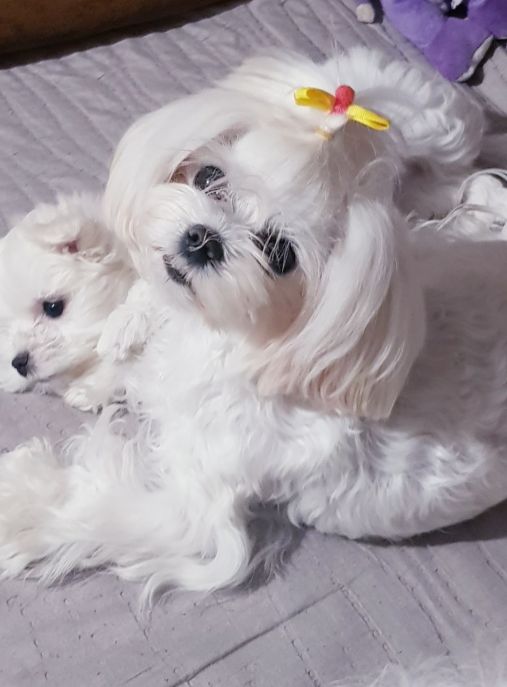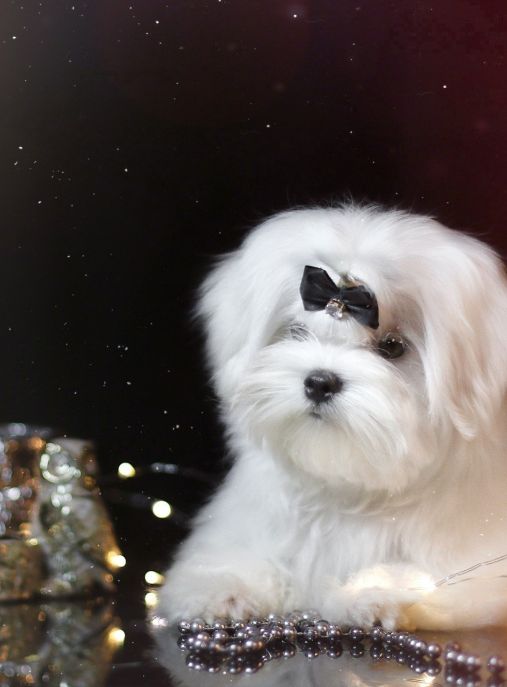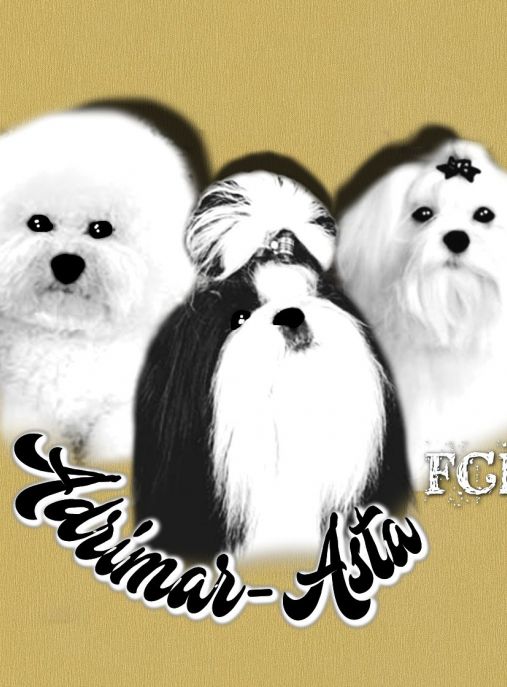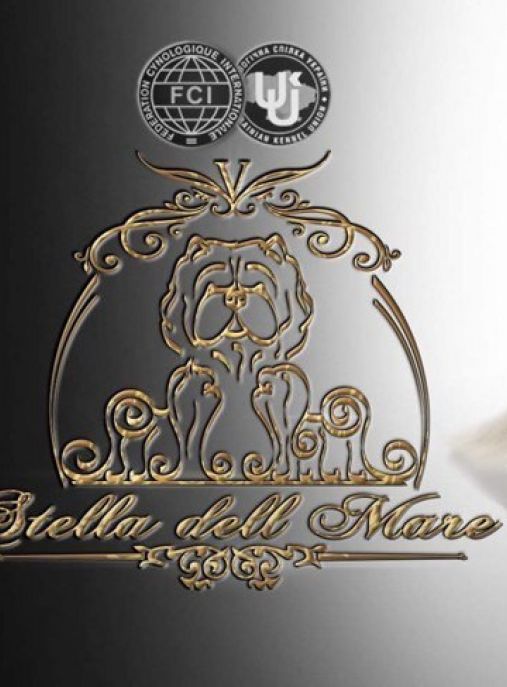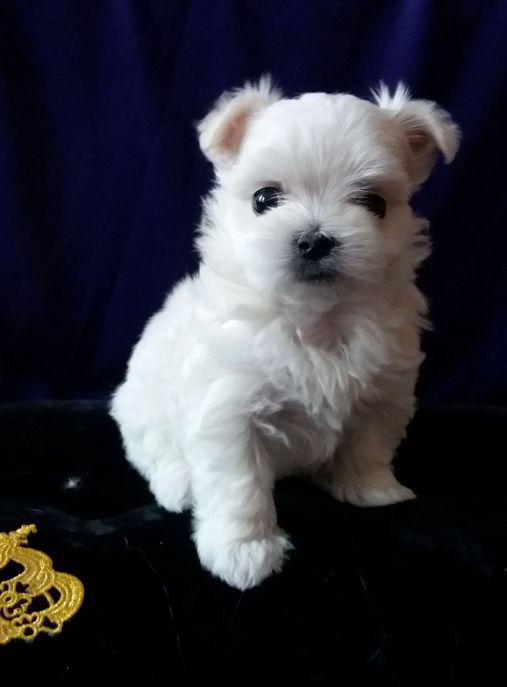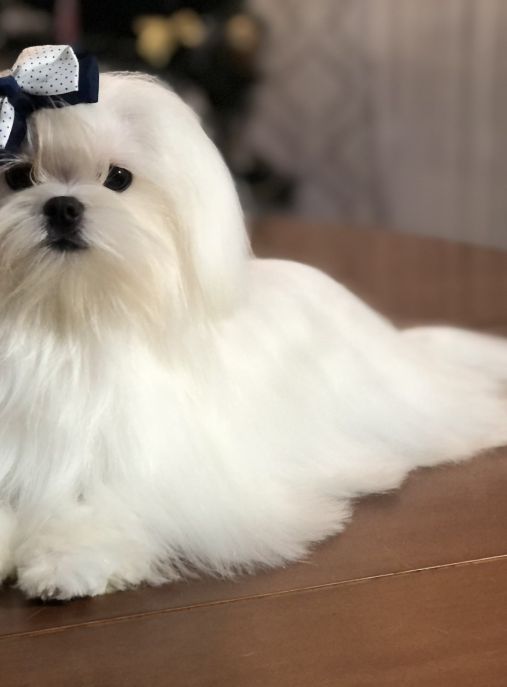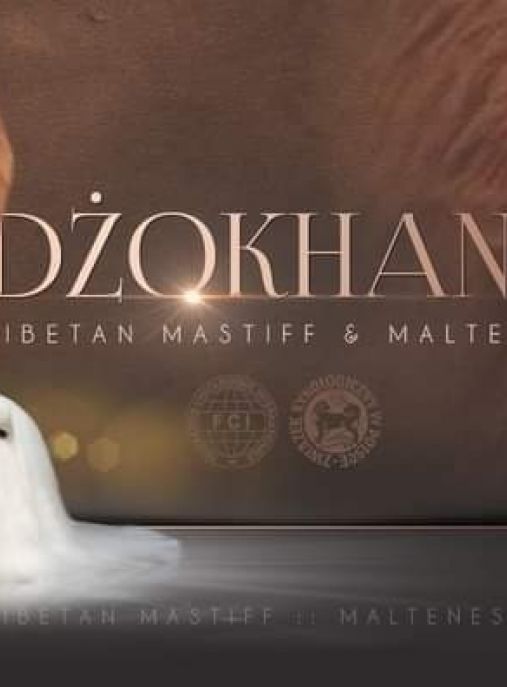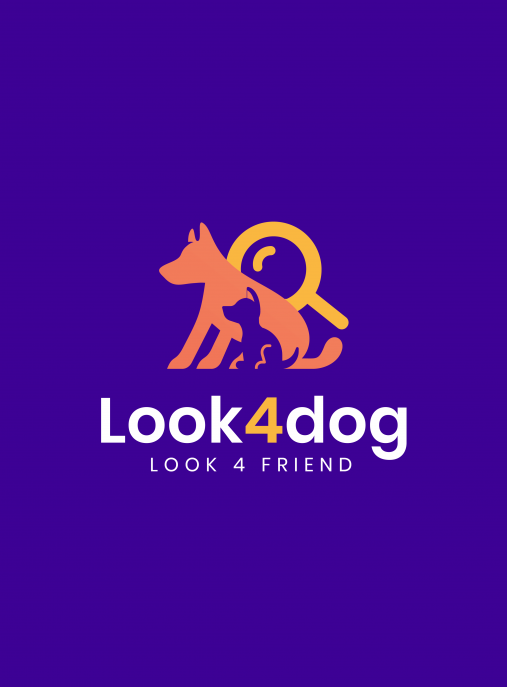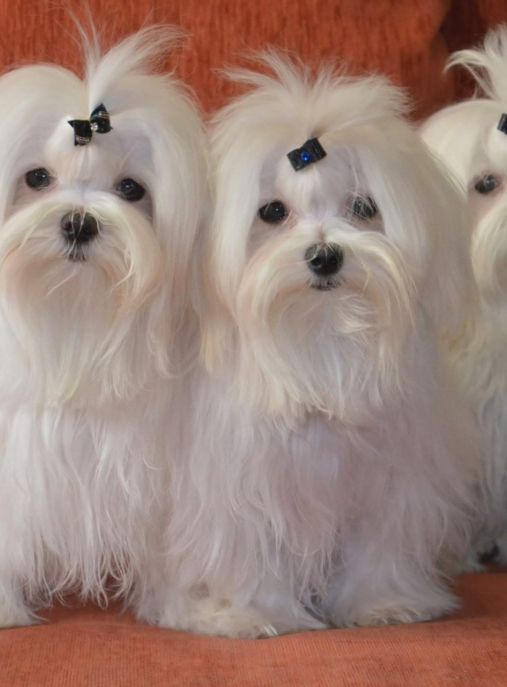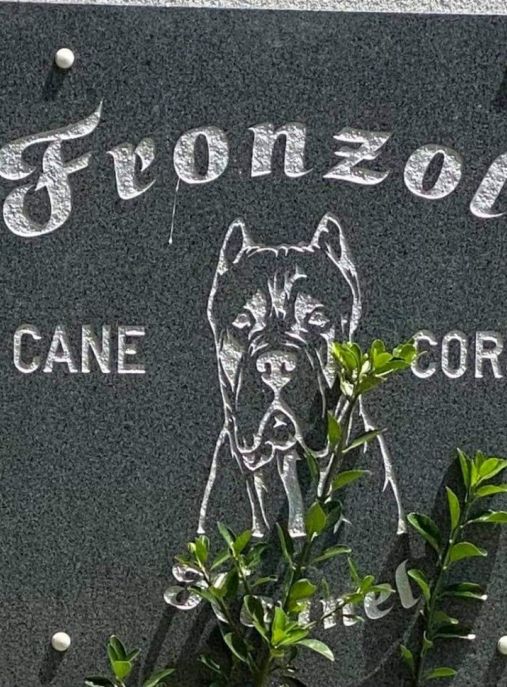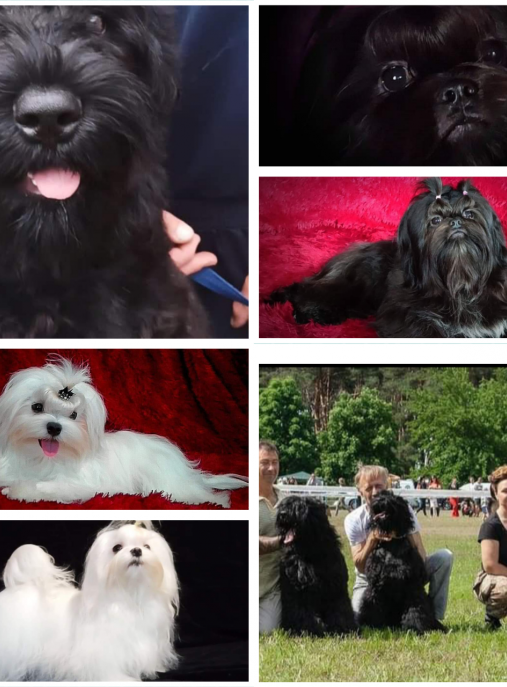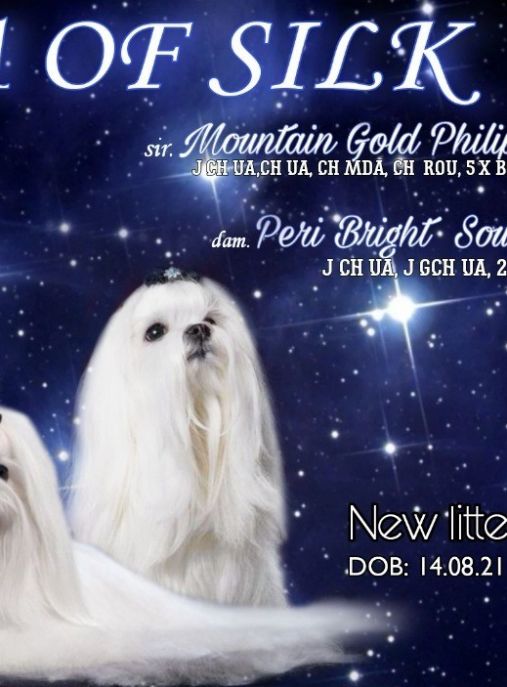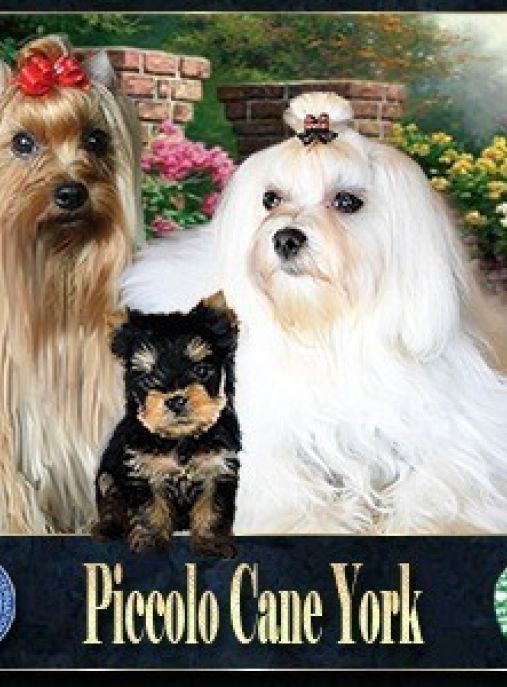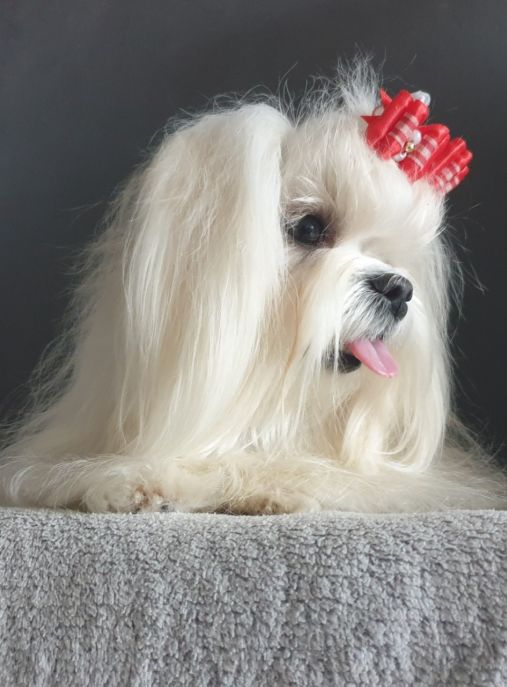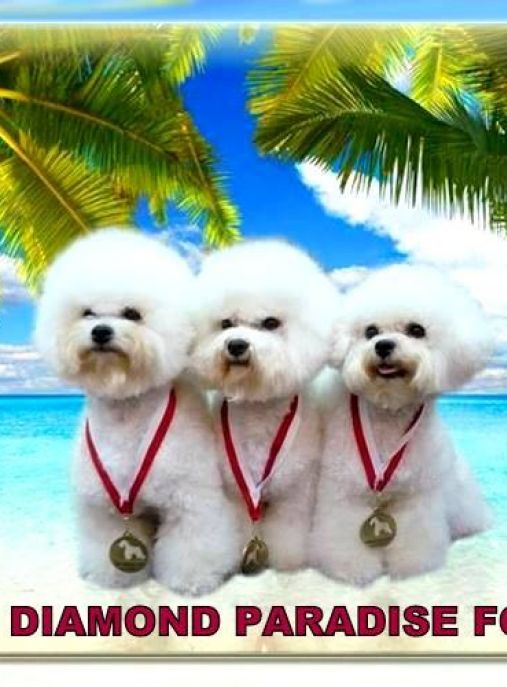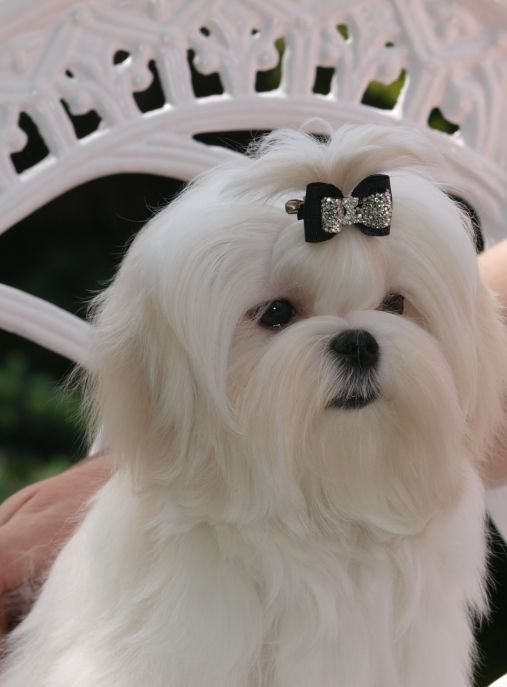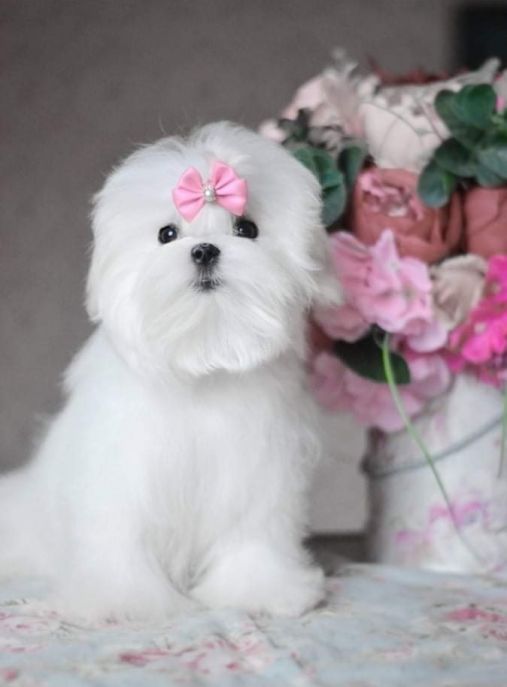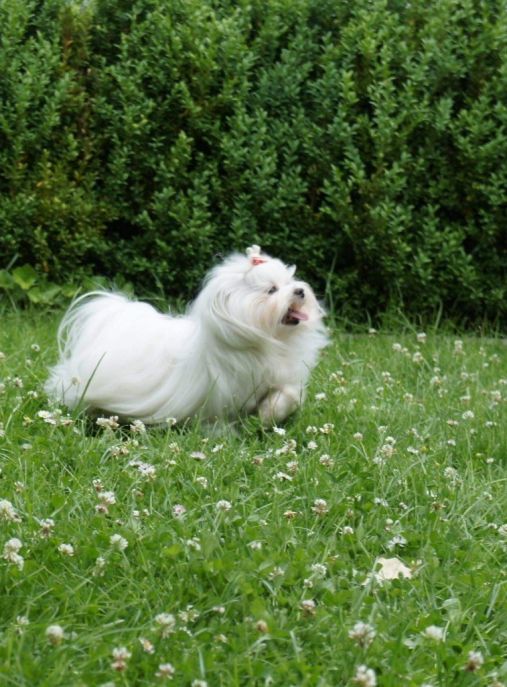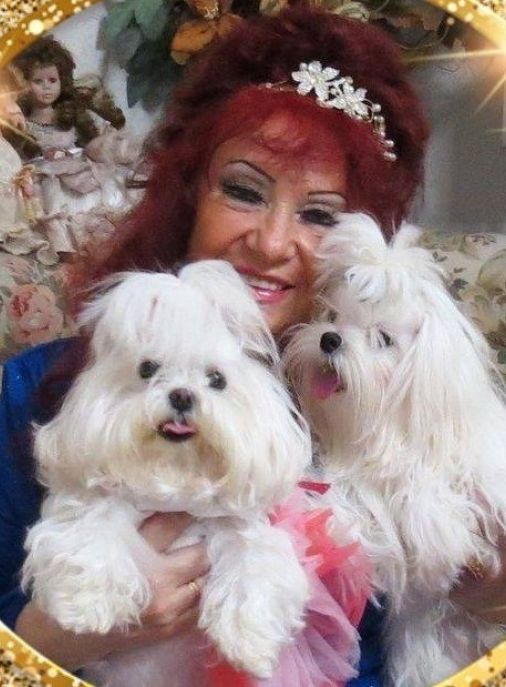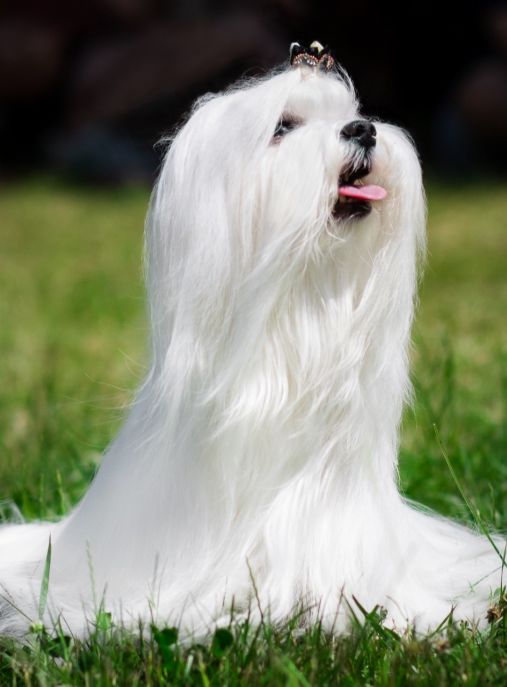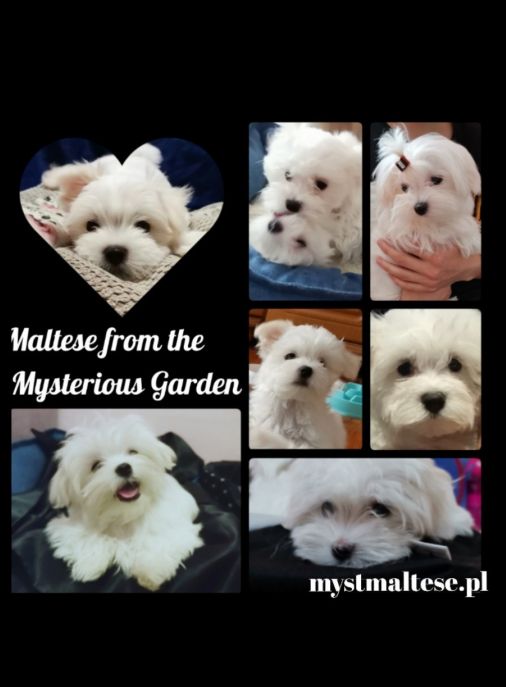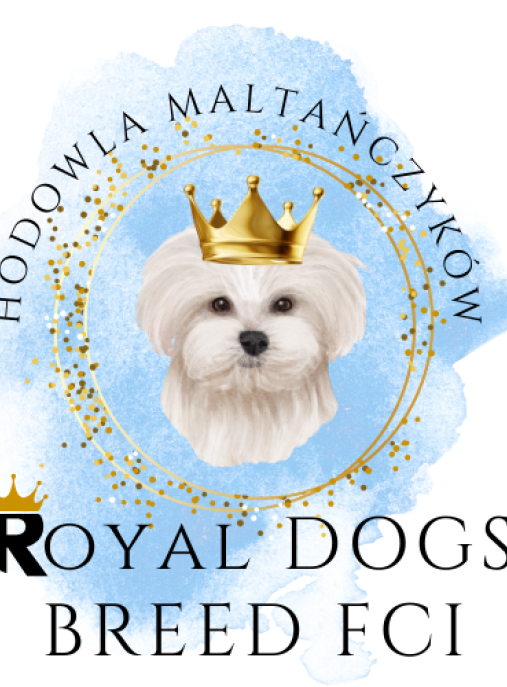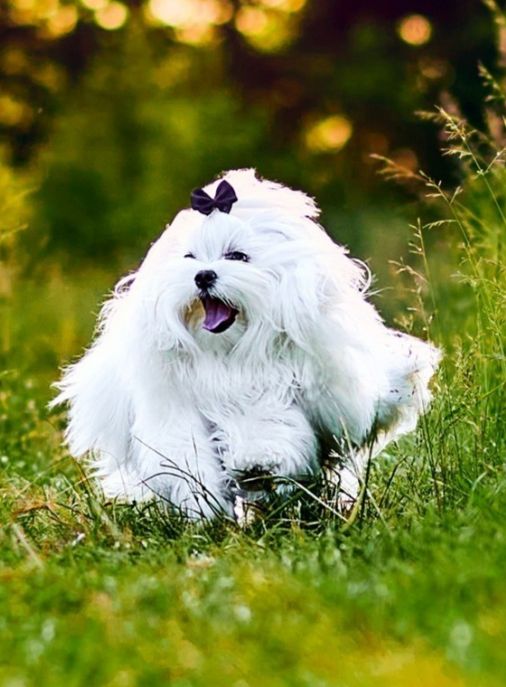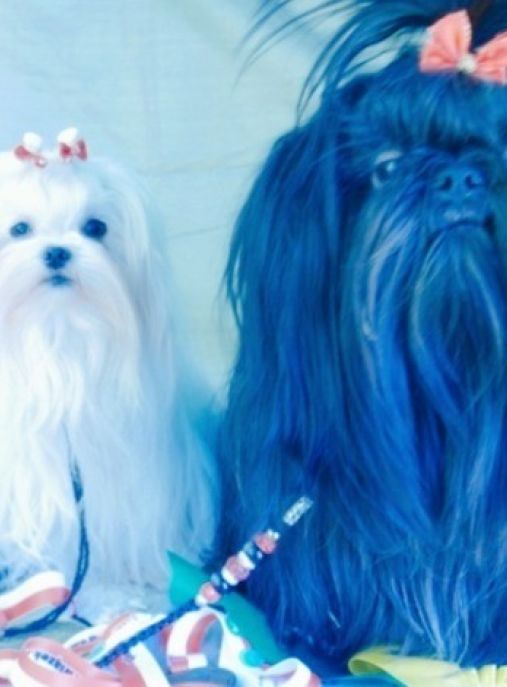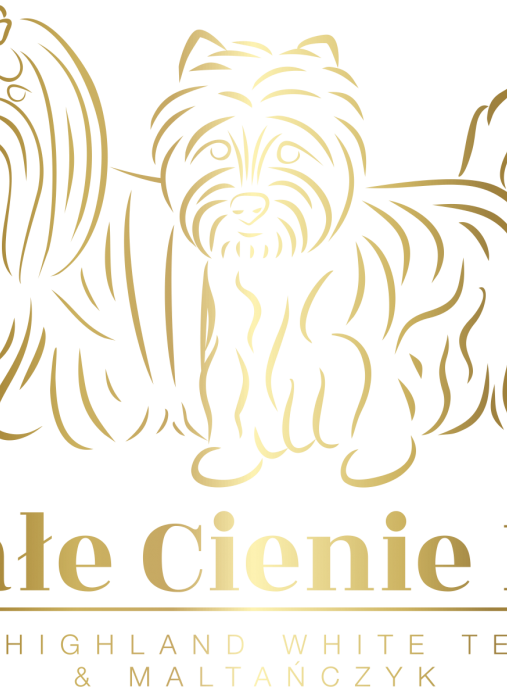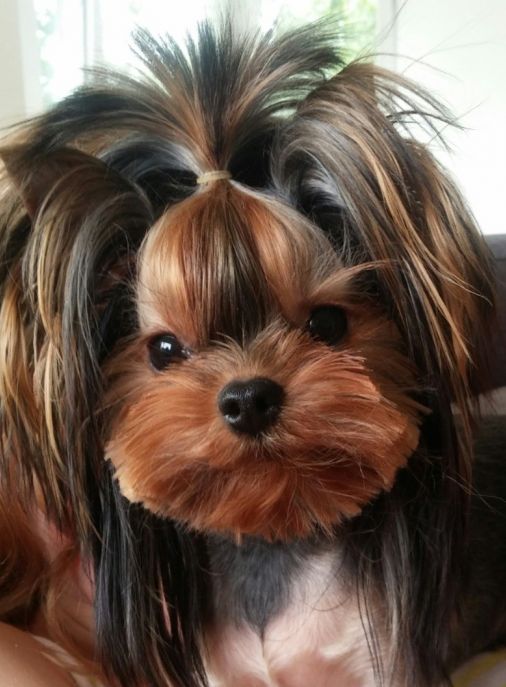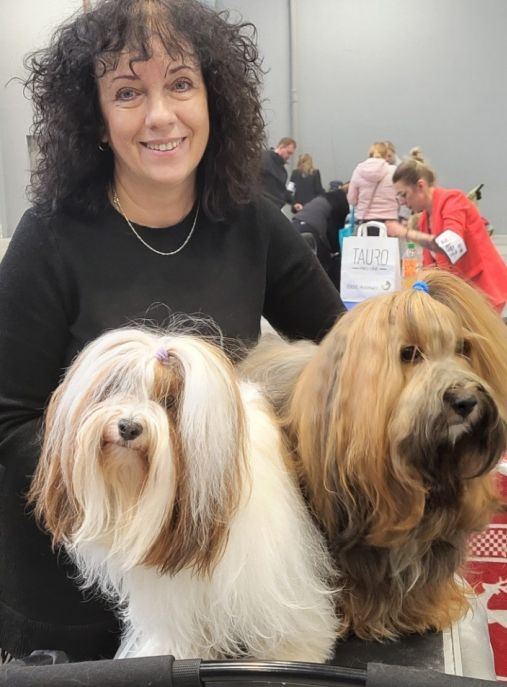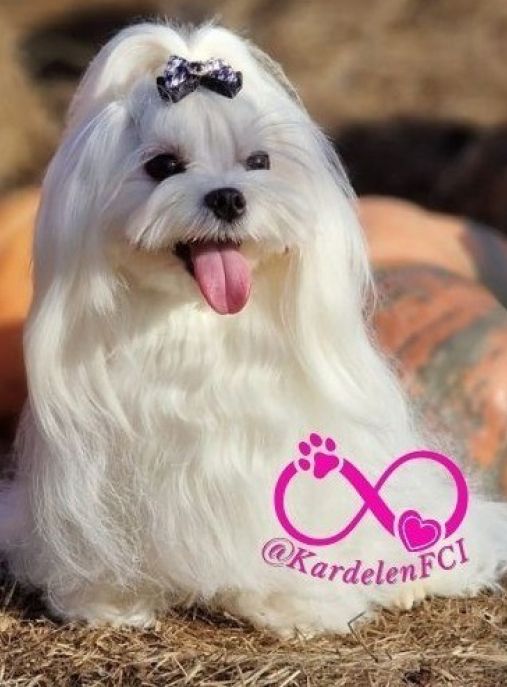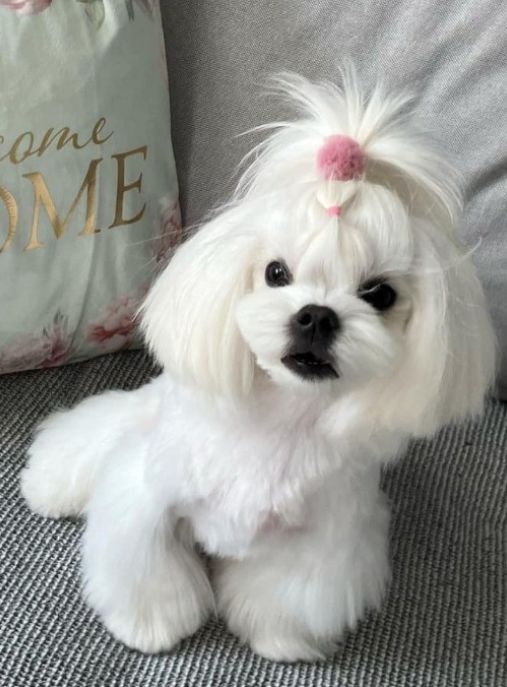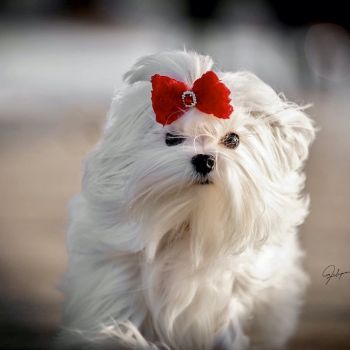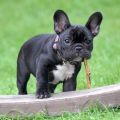The Maltese is one of the smallest breeds. For centuries, these dogs were considered typical companion dogs - they accompanied ladies in everyday life. Due to their joyful nature and beautiful snow-white appearance, they were a consolation for ladies from high society.
This dog was probably bred on the island of Melita in the Adriatic Sea. By the time it reached the royal court of France, its journey was long. This journey probably started in Egypt and led through Greece, Rome and France. In the nineteenth century, these small, white dogs found their way to Great Britain where breeding which took care of the purity of the blood of this breed began. Maltese dogs were a common theme in Renaissance painting. In the paintings, they accompanied the women of that era.
- Life expectancy: 12-15 years
- Height at the withers - male: 21-25 cm
- Height at the withers - female: 20-23 cm
- Weight: 3 - 4 kg
The Maltese is a lively, affectionate, very gentle and intelligent little dog with amazing beauty and noble origin. This beautiful breed with perfect white fur and a lovely and delicate muzzle has accompanied the ladies of the court and aristocracy for centuries. Maltese dogs are very happy dogs. They like fun and fooling around, especially with their younger owners. Despite their small dimensions, they move with pride. They love to be hugged, caressed and scratched. They must always be the center of attention. When playing with children, they are very understanding and patient.
These dogs are very attached to their owners - they would like to follow them step by step. The Maltese is a quiet dog with high sensitivity. It is also a vigilant observer and will warn its owner as soon as it realizes there is imminent danger. It is a dog that is easy to train and eager to learn, always spontaneous and bursting with humor.
The Maltese is a dog that likes longer walks, but if it meets a less active person, it adapts to new conditions very fast. These are dogs that do not go far from their owners because they are very attached to them.
Maltese are gentle with other animals, but because they are tiny, you need to be careful with them when they come into contact with large breeds. The Maltese is a breed that learns very quickly, so it will be perfect for people who want to try various sports with small dogs, e.g. agility for small breeds. Due to its charming appearance, the Maltese dog will do well at exhibitions and will look beautiful. A Maltese dog's coat grows throughout its life, which is why this breed does not shed.
The worst thing for a Maltese is to leave it alone at home for long periods of time. This doggie will die of longing. That is why it is worth taking it with you whenever possible - trips for weekends, holidays, walking around the city or even going to restaurants. Maltese dogs are long-lived. They are in good health until their late years.
Grooming a Maltese dog takes some time. To keep its coat in perfect condition, it should be brushed daily with a bristle brush and a wide comb, taking into account areas such as the abdomen, feet and groin. Use a fine comb to brush the muzzle, checking your pet's eyes at the same time. When combing, it is worth using various types of preparations available on the market that protect the hair, e.g. before breaking. It is also very important that the hair that is above the eyes is always tied up and does not cover eyes. We bathe Maltese dogs once every two or three weeks, depending on the condition of their hair. We only use shampoos intended for dogs. For this breed, a shampoo with a conditioner will work well, making it easier to detangle. Remember to brush your dog before bathing and wipe it thoroughly after bathing.
Also pay attention to the ears so that you check and clean them regularly. We can use preparations available on the market for such care. It is very important not to clean the ears with cotton buds, a regular cotton pad soaked in water or saline is enough.
In Maltese dogs, there is often a rusty coating on the hair under the eyes, which is difficult to remove. That is why regular and systematic eye care is so important. Rub the eyes with a damp pad to remove dust or other debris. We should also remember to take care of our dogs' intimate parts, which can often get dirty. We can always go with our pet to the grooming salon, where it will undergo all care treatments.
- only snow-white colour, although a pale shade of ivory is also acceptable
- a trace of a pale orange shade is also tolerated, although it is undesirable and is somewhat imperfect
Hair of the Maltese is dense, shiny and falling heavily. It is also silky and very long. It should be straight along its entire length, with no waves or curls. There is no undergrowth in Maltese dogs. On the tail, the hair should fall to one side.
The Maltese is not a new breed, and therefore the formation of its genotype over the millennia, as well as its natural selection have led to the fact that this breed is considered to be long-lived. Maltese dogs can live up to 16 years.
A major health problem for Maltese dogs is tartar, which can appear even in two-year-old dogs. It causes gum inflammation which, if left untreated, leads to tooth loss. Maltese dogs can also develop inflammation or bacterial ear infections. The Maltese's ears are pendulous, long and densely covered with hair, which makes their ventilation poor. Check your dog's ears after each walk and clean them regularly. If there is an unpleasant odor from the ear, go to the veterinary clinic with the dog. This breed may develop dislocation of the kneecap or cirrhosis of the liver.
Like most dogs, Maltese are also greedy. Therefore, in order to keep our pet in good condition, we should not give it too many additional treats. If we need them for training, we can make them on our own. It is enough to mix one or two types of minced meat with each other, then roll it out and dry it in the oven or mushroom dryer. We are then sure that treats are healthy and free of carbohydrates and preservatives. We treat one portion of such treats as one meal. There are also a lot of ready-made dry food on the market. When choosing feed, let's read its composition. It is important that it does not contain cereals and that meat is the first item in the list of ingredients. Also, make sure that it is clearly written that there is turkey meat or turkey meat meal in the composition, not turkey or turkey bone meal. If it is written that it is simply a turkey, then we do not really know what elements of this bird are in this food. It can be both meat and turkey by-products.
